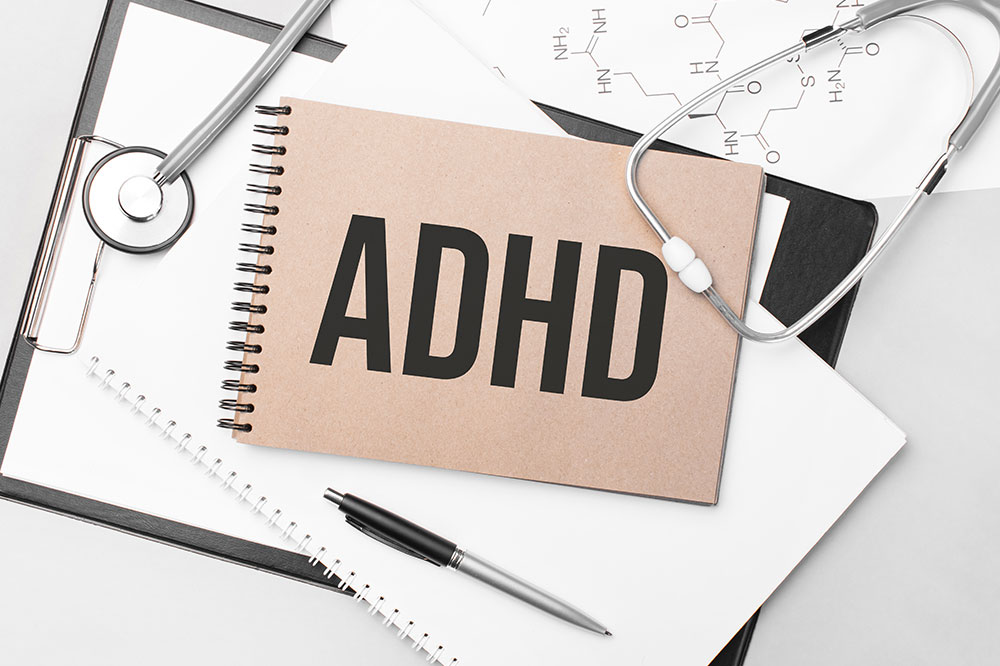9 common mistakes that worsen constipation

Constipation is a digestive problem marked by infrequent bowel movements (usually less than three times a week). One may find it difficult or painful to pass stool, and the condition may become chronic if it lasts several weeks. While it is a common and curable condition, constipation can significantly impact an individual’s daily life, mood, energy levels, and overall fitness. Here are some mistakes one should avoid for managing or preventing constipation.
Not drinking enough water
Water is imperative for smooth bowel movement. The colon draws water from the body to soften stool and eliminate it easily, but dehydration can harden it and lead to constipation. Usually, doctors advise drinking eight to ten glasses of water per day, but the requirement may vary from person to person. One can also add water-rich foods like melons, berries, cucumbers, soups, and unsweetened pure juices to their meals to ensure adequate water intake.
Suddenly increasing fiber intake
Fiber is an essential plant-based carbohydrate that the body cannot digest. The soluble fiber found in foods like apples, barley, bananas, oats, and beans helps soften stool and regulate bowel movement. On the other hand, the insoluble fiber in foods like whole grains and legumes helps speed up the movement of food in the digestive tract toward the intestines. While both kinds of fiber help with one’s gut health, suddenly increasing its intake leads to bloating, cramping, and gas. This may worsen irritable bowel syndrome (IBS) symptoms and lead to constipation. Doctors recommend introducing fiber into one’s meals slowly, with not more than five grams each day.
Ignoring the urges to use the toilet
Postponing emptying one’s bowels even when one feels the urge to go is another common mistake that worsens constipation. Ignoring the urges may weaken the signals over time.
Not staying physically active
Any physical activity helps to stimulate the digestive tract and promotes healthy bowel movements. Certain exercises in yoga and stretching are designed to improve gut health. Studies also show that exercise can make irritable bowel movement (IBS) symptoms less severe.
Bingeing on excessive processed food
Processed foods are high in fat and have less water content and little fiber. This makes the food sit for a longer time in one’s intestines, causing constipation.
Not establishing a set routine for bowel movements
Another factor that contributes to constipation is not having a set routine or time for bowel movements each day. Going to the toilet at a set time each day—like after waking up in the morning—trains the body to relax and regulate bowel movement, and in turn, avoid constipation.
Not managing stress
Chronic stress and anxiety do not allow the muscles to relax, which is important for smooth bowel movements. So, one can practice swimming, yoga, meditation, walking, journaling, or even therapy to manage stress.
Relying too much on laxatives
Laxatives are a quick solution to constipation, but overusing them can train the body to be dependent on them. Additionally, laxatives can interfere with one’s muscle contractions needed to empty the bowels. One must consult a doctor on the right amount of laxatives that can be used to avoid any side effects.
Ignoring underlying health conditions
At times, chronic constipation may be a sign of an underlying health issue, like IBS, multiple sclerosis, Parkinson’s disease, or diabetes. Similarly, blockages in the colon and the rectum or a tear in the skin around the anus may also slow bowel movements. If constipation lasts long, one must consult a doctor to get proper treatment and lifestyle changes to manage the condition.






